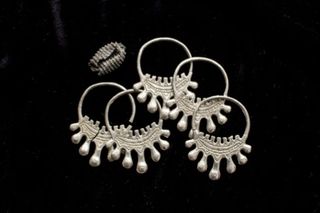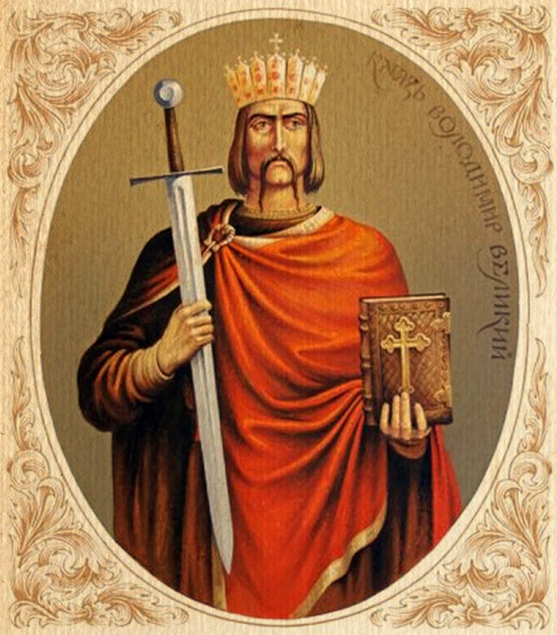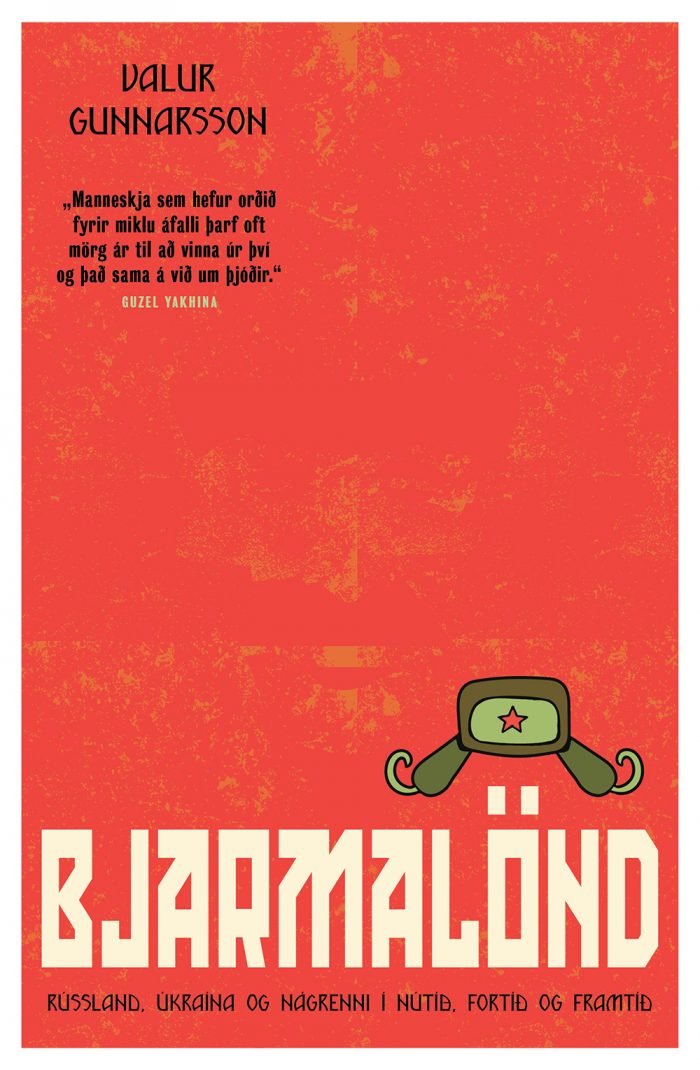Among the many interesting points raised in Sverrir Jakobsson’s recent podcast on the Varangians is how they have been viewed by posterity. The Varangian Guard was know for its loyalty to the Eastern Emperor, who was not always on good terms with the West, not least after the sacking of Constantinople by Western crusaders in 1204.
In the Icelandic Sagas, however, the view on the Byzantine Empire seems overwhelmingly positive, despite the Great Schism having taken place a couple of centuries earlier, in 1054. In a previous paper entitled “The Schism That Never Was.” (see link below), Sverrir says, as the title implies, that the Schism may not have had as great an effect on contemporaries as often supposed, the real break coming in 1204.
For the Saga heroes, to have served the Byzantines always engenders respect. In fact, to have done so means that the hero is not called upon to prove himself further with great deeds, this seen to already having been done. This view is in opposition to other contemporary Western literature, which tends to have a negative view of the Eastern Romans. In Nordic sources, this only becomes apparent in Sweden in the 14th century. In that sense, he says, Icelanders were more Catholic than the pope, seeing all Christians as belonging to the same group.
It was only centuries later that the Varangians Swedish roots were emphasised in Russia. The Empress Catherine the Great, herself of Germanic stock, even wrote a paly about them and found obvious allusions to herself in noble foreigners ruling Russia. The Scottish poet Walter Scott sees them as English heroes, as later on the Varangian Guard were mainly composed of Englishmen, whereas the Icelandic poet Einar Benediktsson sees them as modernisers and proto-businessmen, an image of Viking-bankers that Icelandic oligarchs would attempt to project. As Sverrir says, the view of the Varangians is usually based on present needs rather than medieval sources.
(article in English)
The Schism that never was: Old Norse views on Byzantium and Russia – Medievalists.net
(podcast in Icelandic)




